Tárik S. Salem
Prediction Intervals: Split Normal Mixture from Quality-Driven Deep Ensembles
Jul 19, 2020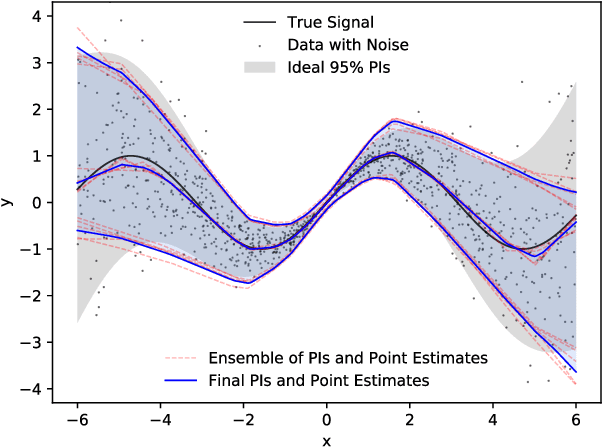

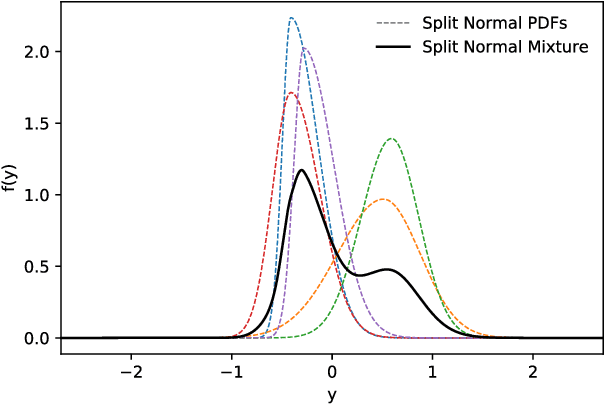
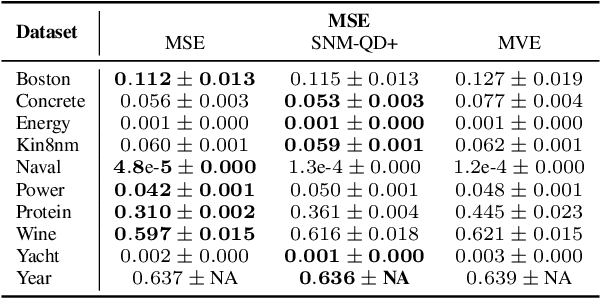
Abstract:Prediction intervals are a machine- and human-interpretable way to represent predictive uncertainty in a regression analysis. In this paper, we present a method for generating prediction intervals along with point estimates from an ensemble of neural networks. We propose a multi-objective loss function fusing quality measures related to prediction intervals and point estimates, and a penalty function, which enforces semantic integrity of the results and stabilizes the training process of the neural networks. The ensembled prediction intervals are aggregated as a split normal mixture accounting for possible multimodality and asymmetricity of the posterior predictive distribution, and resulting in prediction intervals that capture aleatoric and epistemic uncertainty. Our results show that both our quality-driven loss function and our aggregation method contribute to well-calibrated prediction intervals and point estimates.
Forecasting Intra-Hour Imbalances in Electric Power Systems
Feb 01, 2019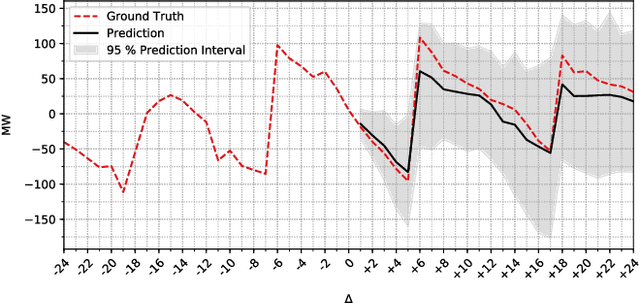
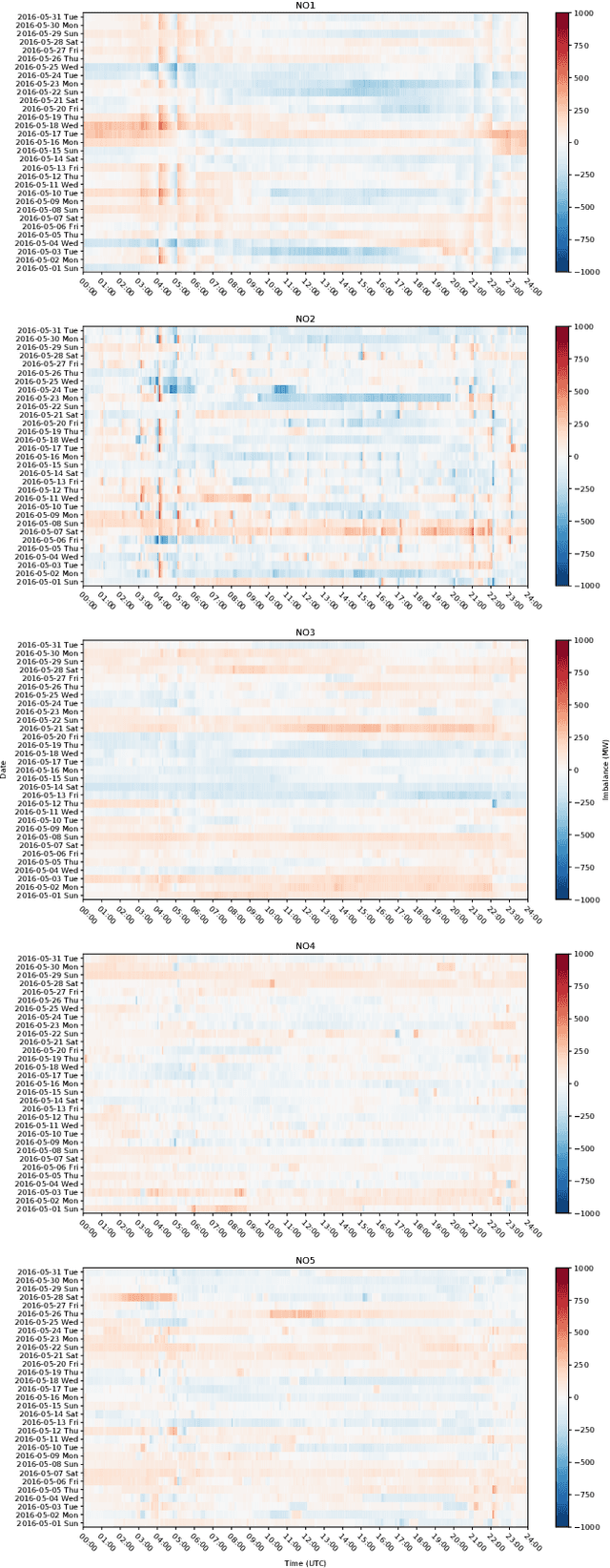
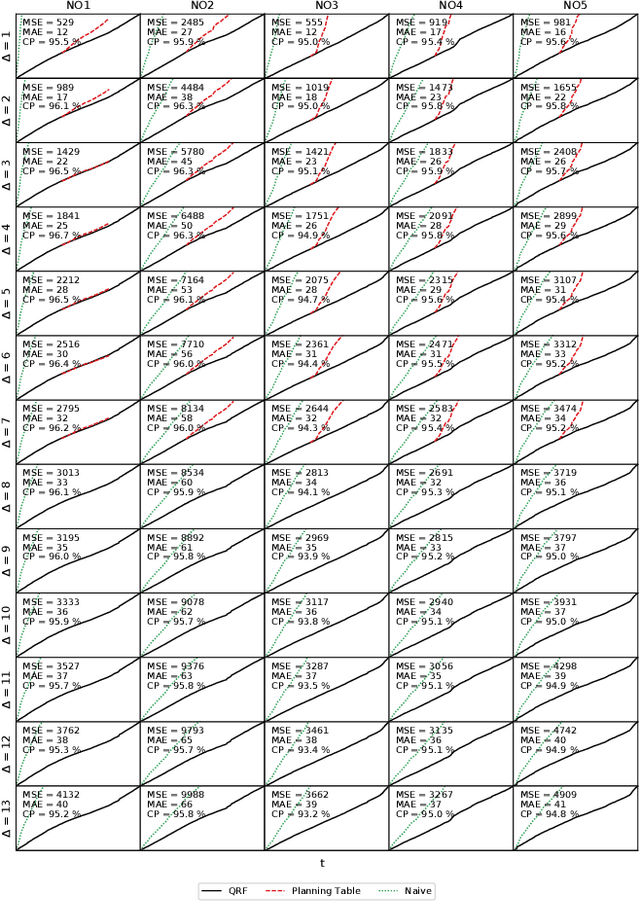
Abstract:Keeping the electricity production in balance with the actual demand is becoming a difficult and expensive task in spite of an involvement of experienced human operators. This is due to the increasing complexity of the electric power grid system with the intermittent renewable production as one of the contributors. A beforehand information about an occurring imbalance can help the transmission system operator to adjust the production plans, and thus ensure a high security of supply by reducing the use of costly balancing reserves, and consequently reduce undesirable fluctuations of the 50 Hz power system frequency. In this paper, we introduce the relatively new problem of an intra-hour imbalance forecasting for the transmission system operator (TSO). We focus on the use case of the Norwegian TSO, Statnett. We present a complementary imbalance forecasting tool that is able to support the TSO in determining the trend of future imbalances, and show the potential to proactively alleviate imbalances with a higher accuracy compared to the contemporary solution.
 Add to Chrome
Add to Chrome Add to Firefox
Add to Firefox Add to Edge
Add to Edge